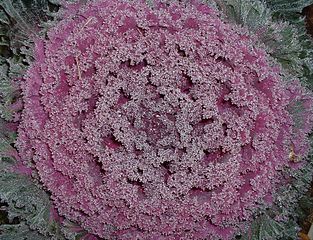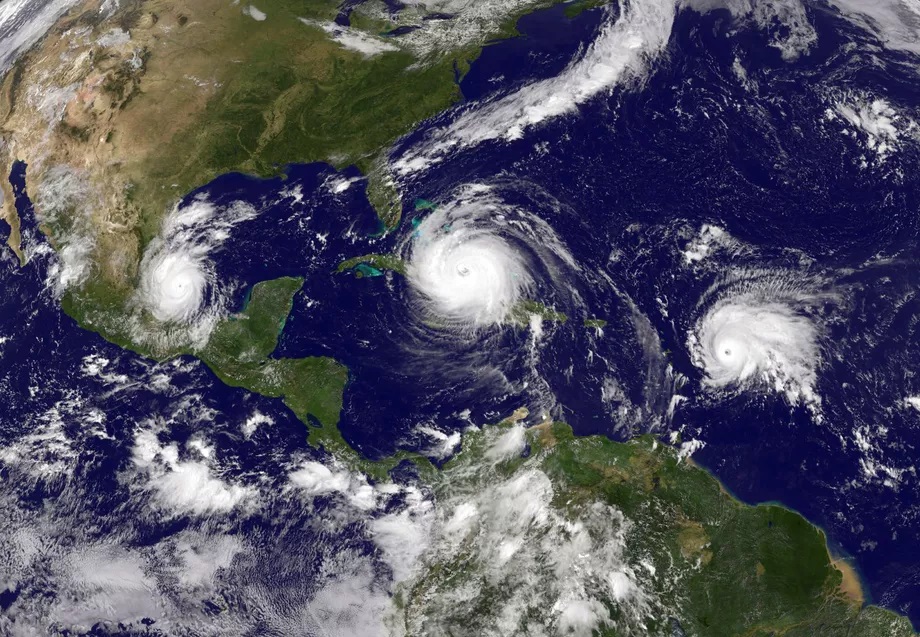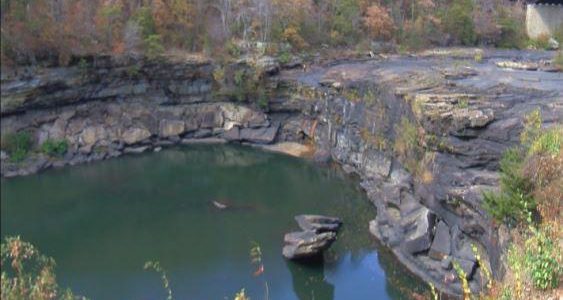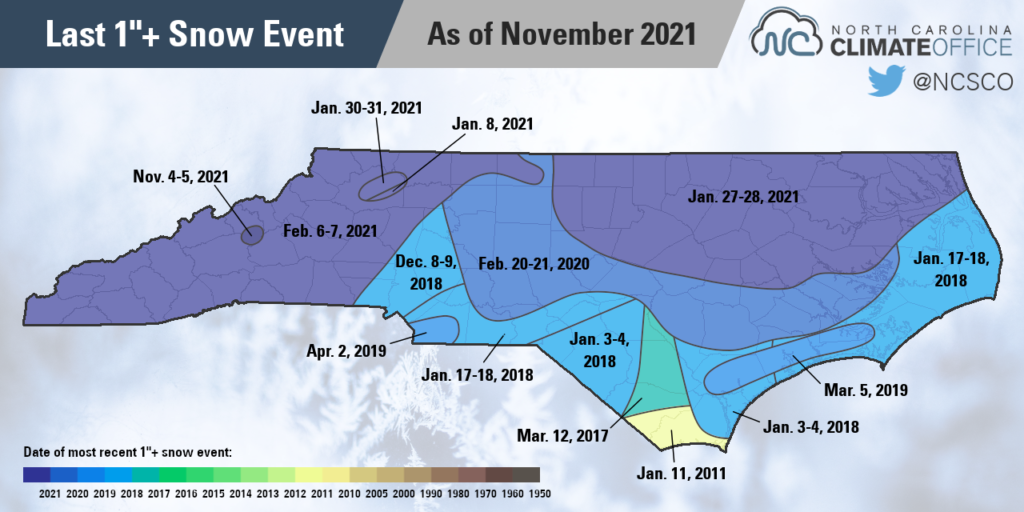Climate science
-

The Garden Professors blog has two interesting and related posts describing how cold-hardy plants can survive temperatures well below freezing. If you are a gardener or farmer, you might be interested in reading about this. The two posts are listed below: Part 1: The mechanics of how plants survive cold temperatures https://gardenprofessors.com/a-gardeners-primer-to-cold-hardiness-part-1/ Part 2: How…
-

Is there a long-term trend in hurricanes? In the past, scientists have thought that there was a 30-year cycle in hurricane numbers, but more recent studies have shown a trend in Atlantic hurricanes that is increasing over time. Interestingly, this trend does not appear in records for other basins. Here is a new study published…
-

Have you heard the term “flash drought” and wondered where it came from? Here is an interesting journal article on the history of when it was first used and how it is identified. The abstract is below to its online publication in the Journal of Applied State Climatology. Even though it is a journal I…
-

December 1 marks the beginning of climatological winter, which corresponds roughly to the coldest 90-day period in the year across most of the country. Climatologists use December 1 through February 28 (or 29 in a leap year) as the winter period rather than using astronomical seasons. The map below from Brian Brettschneider @Climatologist49 shows this…
-

Do you ever wonder where the winter forecasts for the United States come from and how they determine what the likely conditions are going to be? The Europeans do similar forecasts for their own winter, and this long and detailed article from Severe Weather Europe provides a lot of information into how the forecasts are…
-

For those of you who are interested in the science of meteorology, here is a short explainer from Earth Networks that describes what causes wind and how it is measured. In brief, wind is just the flow of air caused by differences in air pressure that cause the air to move from areas of high…
-

The North Carolina State Climate Office has posted a new blog entry on some of their last big snow events. The last few winters have been lacking in significant snow events there and they are looking back to some of the last big snow events they have had in the state. You can read more…